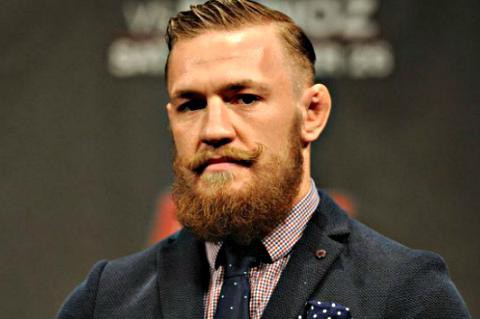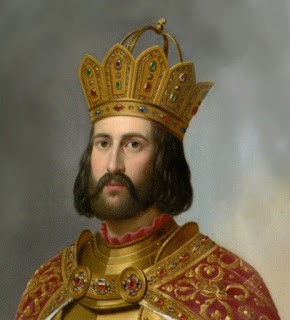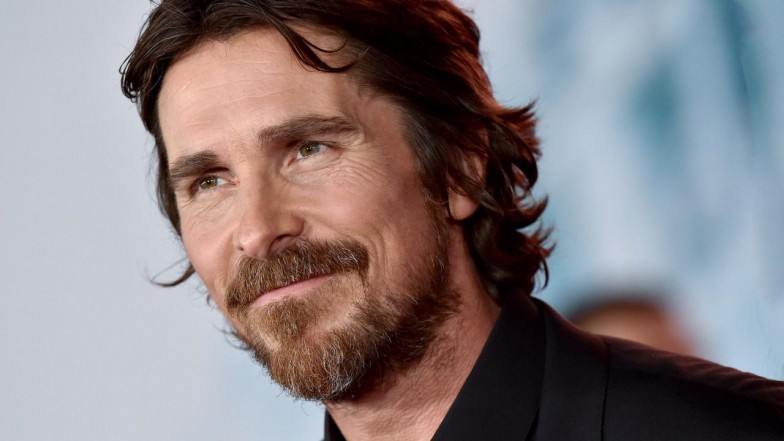
What do beards symbolize and the different styles men wear
There are approximately 30,000 hairs in a beard. Men have been sporting beards since the beginning of time.
At first, men wore them to shield them from the cold, intimidate others, to show strength, and protect their faces from the elements like the sun, dirt, or sand.
Men with beards have been perceived as more masculine or manlier than men without them.
Beards have had their moments of popularity throughout history. Some eras required all men to sport beards while others taxed those who had them. Here we'll share the interesting trends that beards have gone through.

Germany
Beards have been taken so seriously that Otto The Great, a German King who unified all German tribes into a single kingdom, would swear on his beard, which is the equivalent to when we say, "I put that on my mom." So you know he meant business.

Greece
In Greece, beards were a sign of honor, wisdom, and respect. The only time beards were removed was as a sign of punishment. When Alexander the Great ruled, he decreed that all soldiers shave their beards, so the opposing army couldn't grab them while in battle.
In the Middle Ages, if a man touched another man's beard, you best believe it was offensive and could be grounds for a fight.
Mesopotamian civilization would use beard oils to keep their beards looking healthy; they would also use tongs to create ringlets in their beards as decorations.
England
King Henry VIII made beard wearing a taxable offense even though he himself sported a beard. In the 1100s, every man except priests grew out their beards. When the Renaissance era rolled around, unsecular men started growing their beards in revolt to the secular mentality.
The Victorian Era
There's this misconception that beards are at its pique popularity, but that's not necessarily accurate. Beards started becoming acceptable again in 1848, and they were so popular that men were expected to have them. By 1890 90% of men wore beards.
Having a beard is associated with age, maturity, power, and social status by both men and women. Men with beards are also assumed to be more dominant than their beardless counterparts. While going beardless is linked to being well-socialized and able to play nice with others. Another interesting study found that bearded men are perceived as 38% less generous, 36% less caring, and 51% less cheerful.
To Shave or Not to Shave
The bigger the beard, the more testosterone one has, or so they say. Men with beards say that their own behaviors change along with their self-perception, giving them more confidence. In another study, women indicated that they find men with facial stubble more attractive than those that are clean-shaven, not just a little stubble, but heavy stubble.
Bearded men are thought to be better parents and providers, and they're also perceived to have more sexual virility and prestige. With so many styles to choose from, you'll be sure to find something that suits you and your profession.

There are four different categories for those choosing to grow out facial hair. Within those four categories, you have 21 different looks to choose from that are the most common.
Choose from the Corporate Beard, the Verdi, the Yeard, the Scruffy Goat, the Hollywoodian, or the Beardstache, etc. There's something for every man. If having facial hair is not your thing, then sport that clean-shaven face with confidence.






